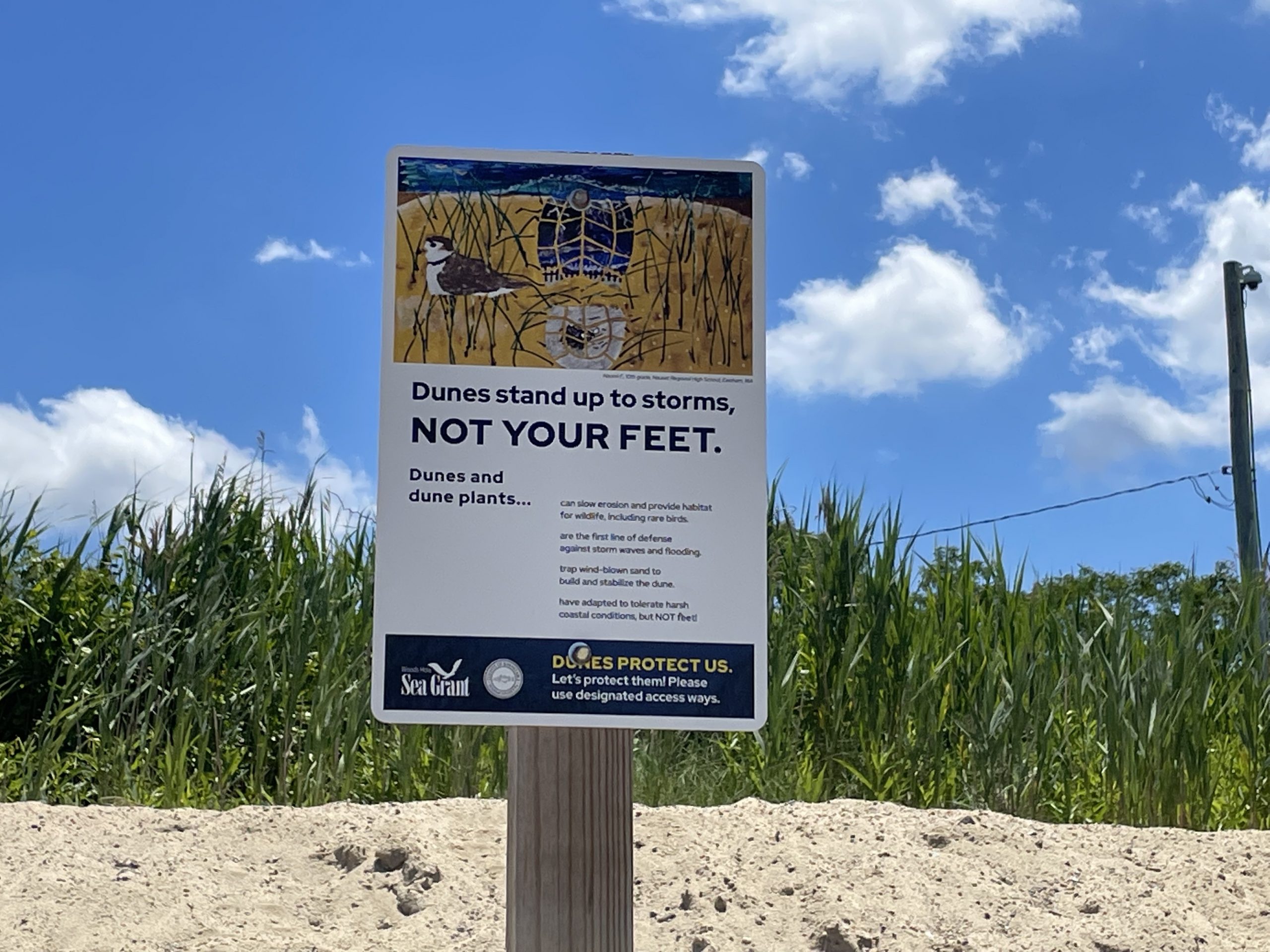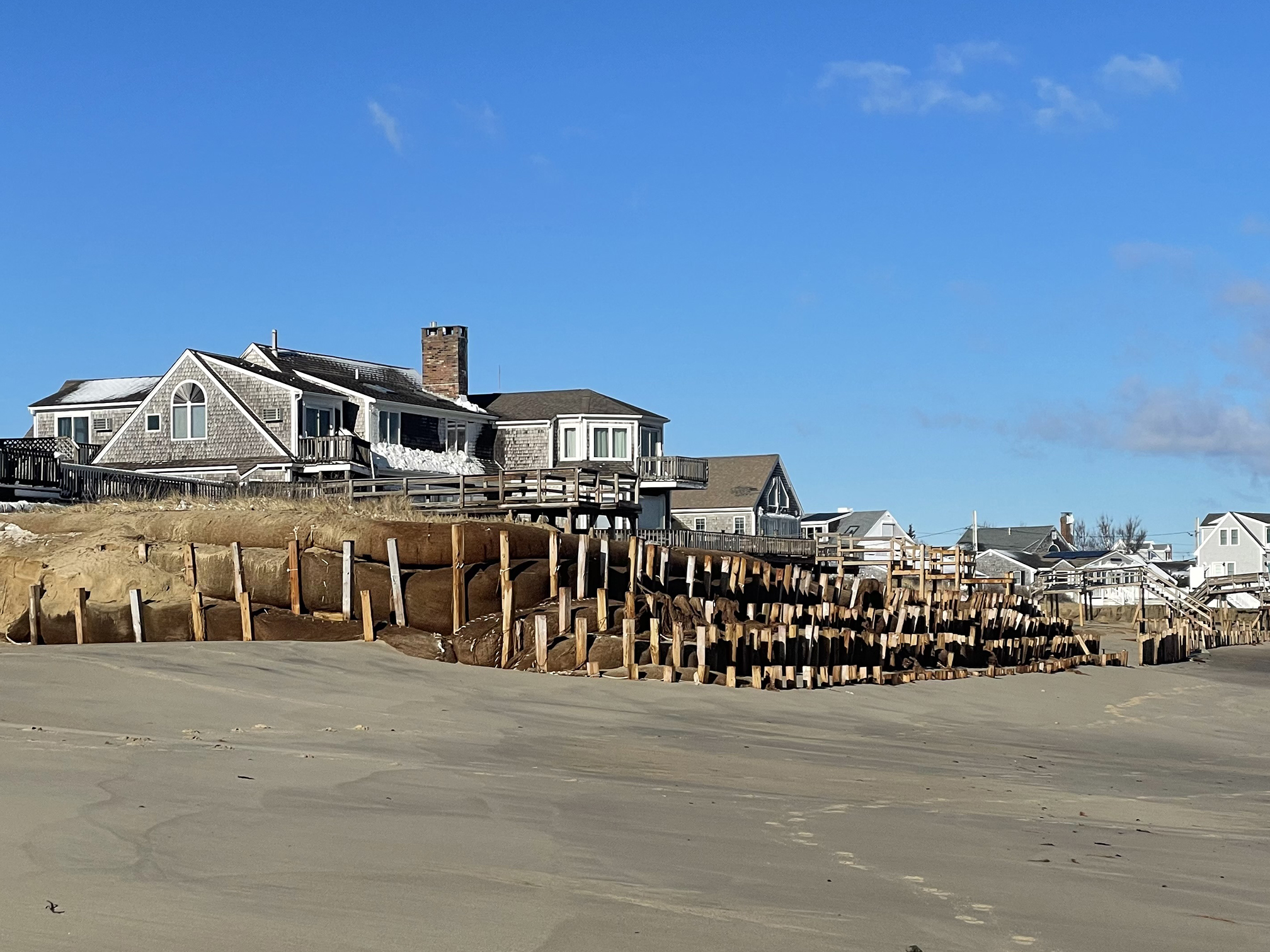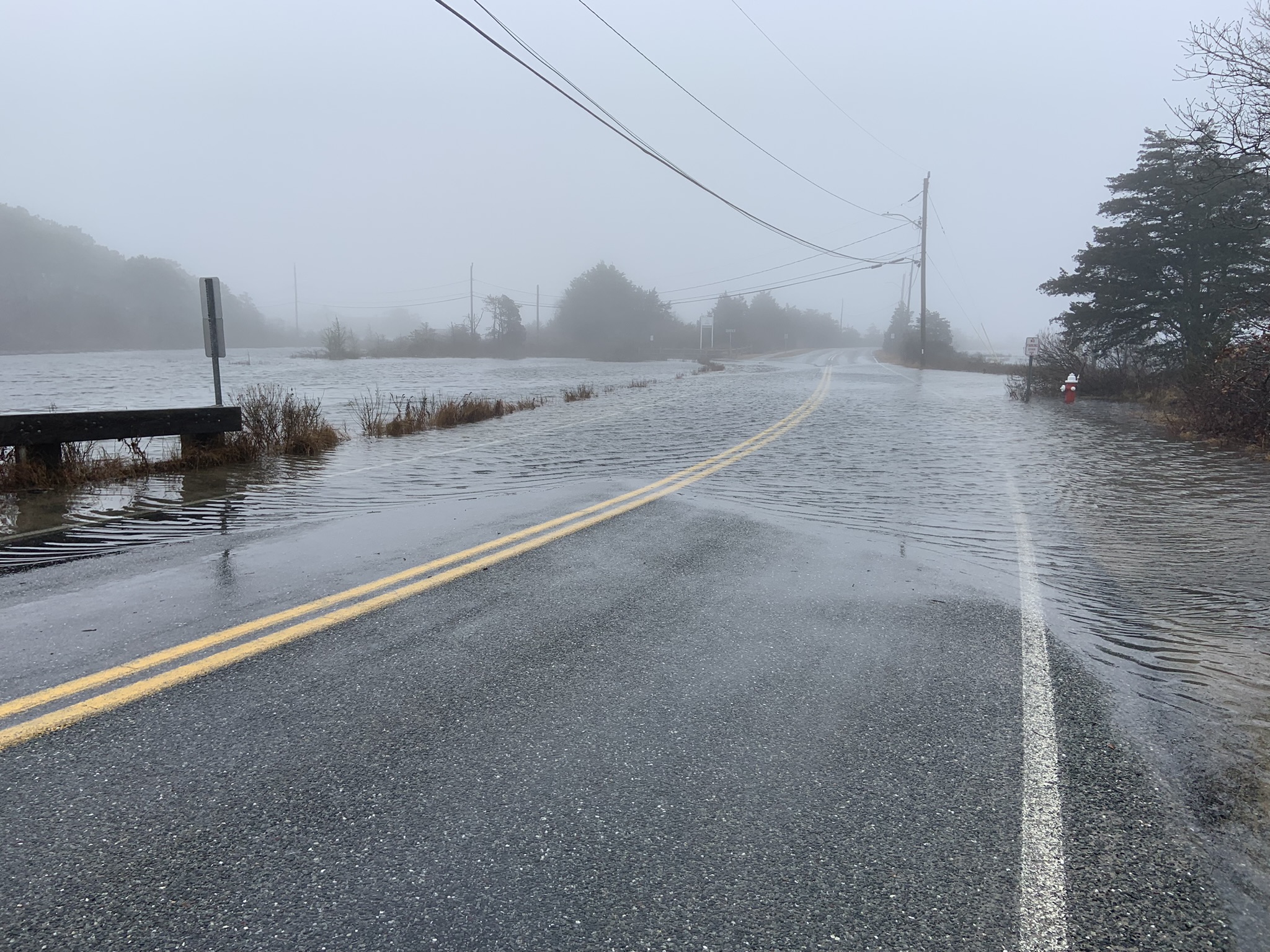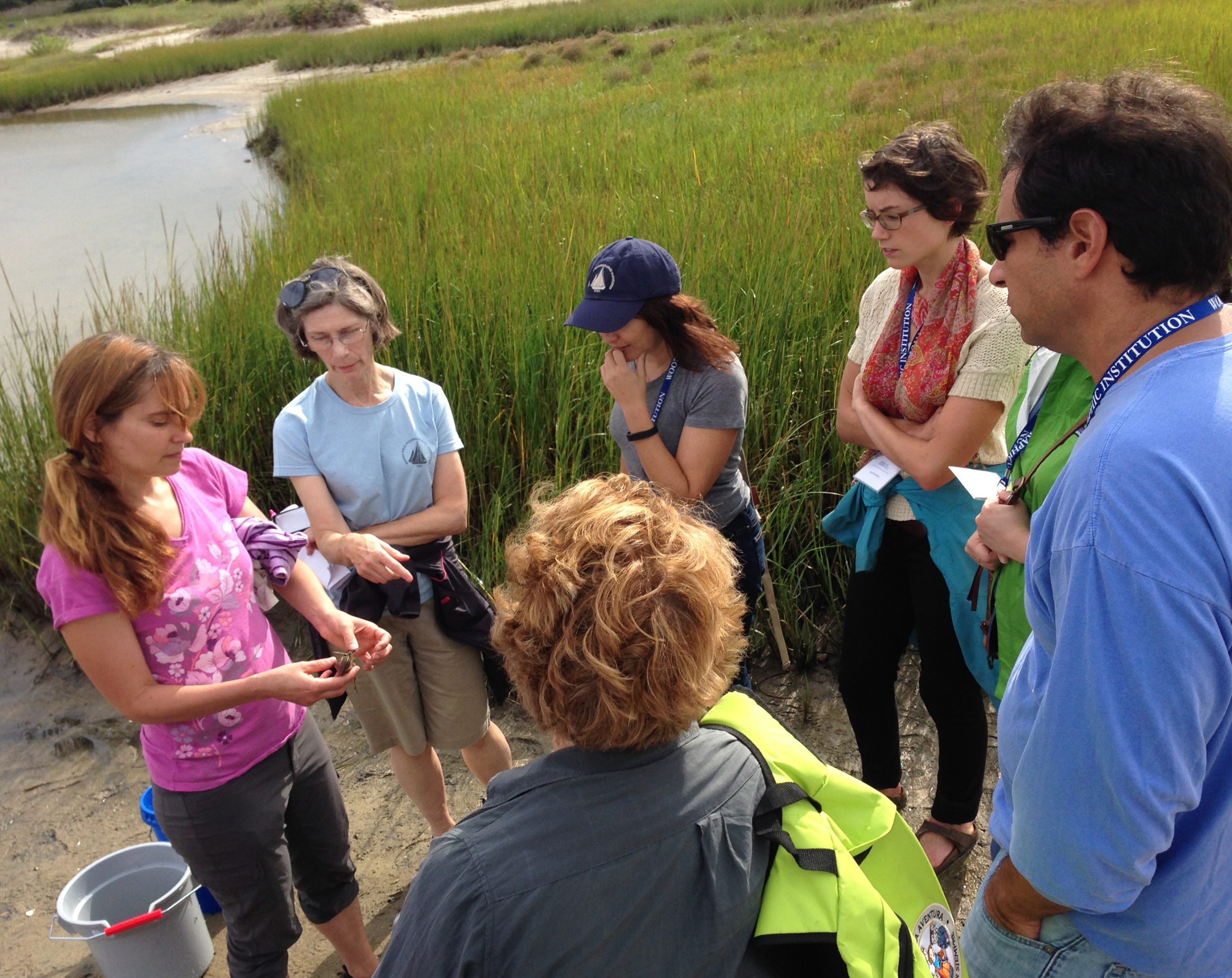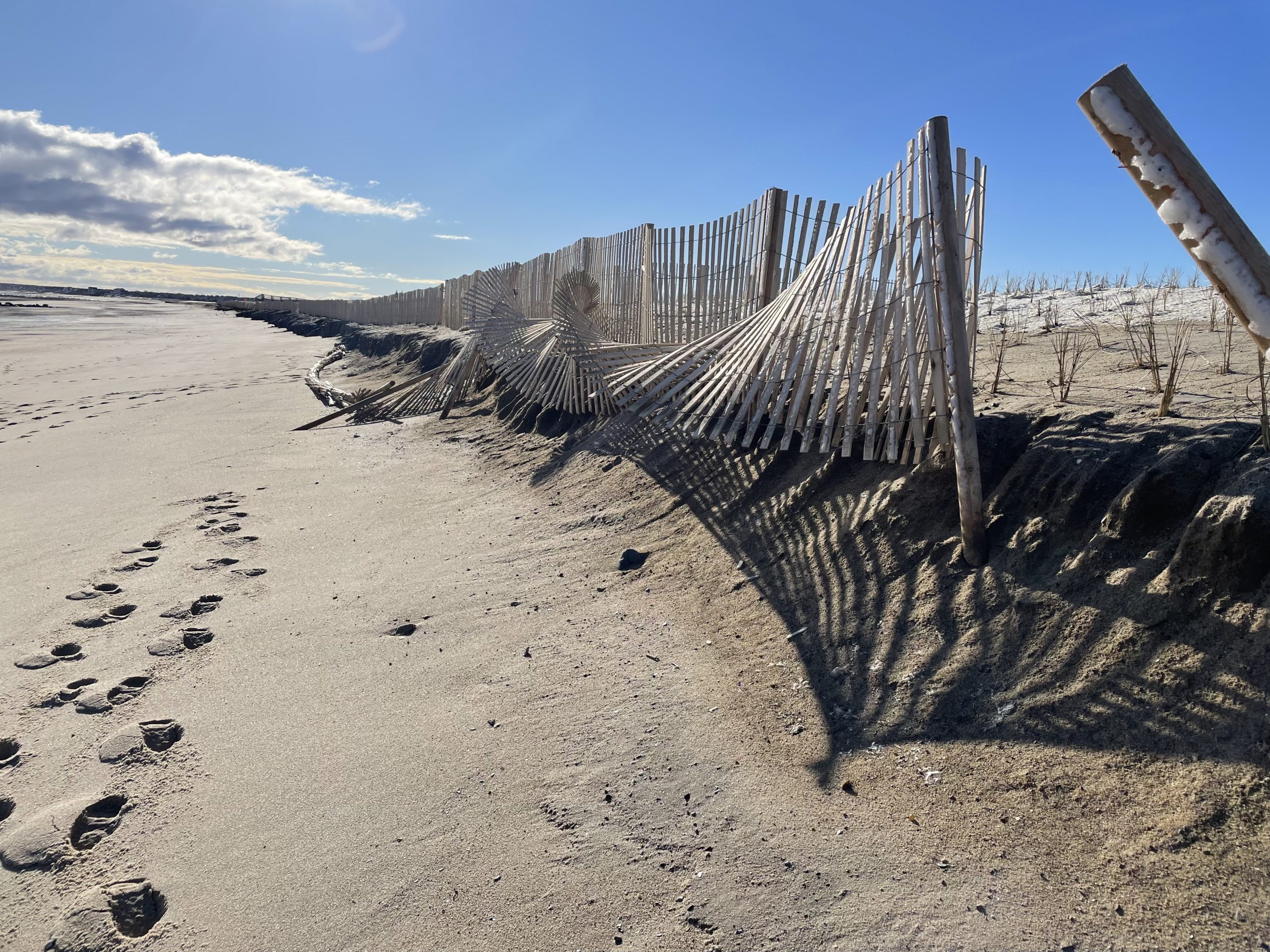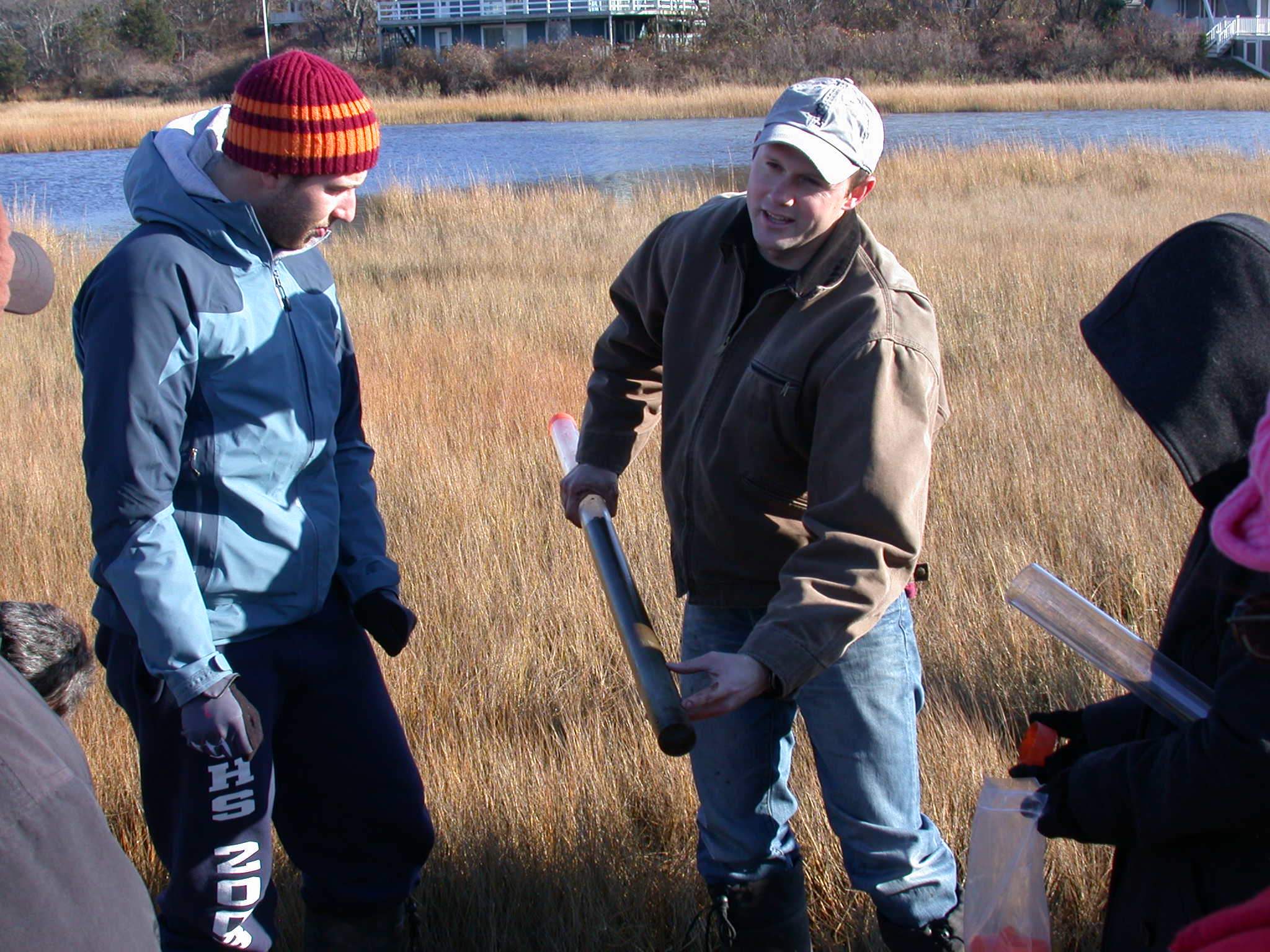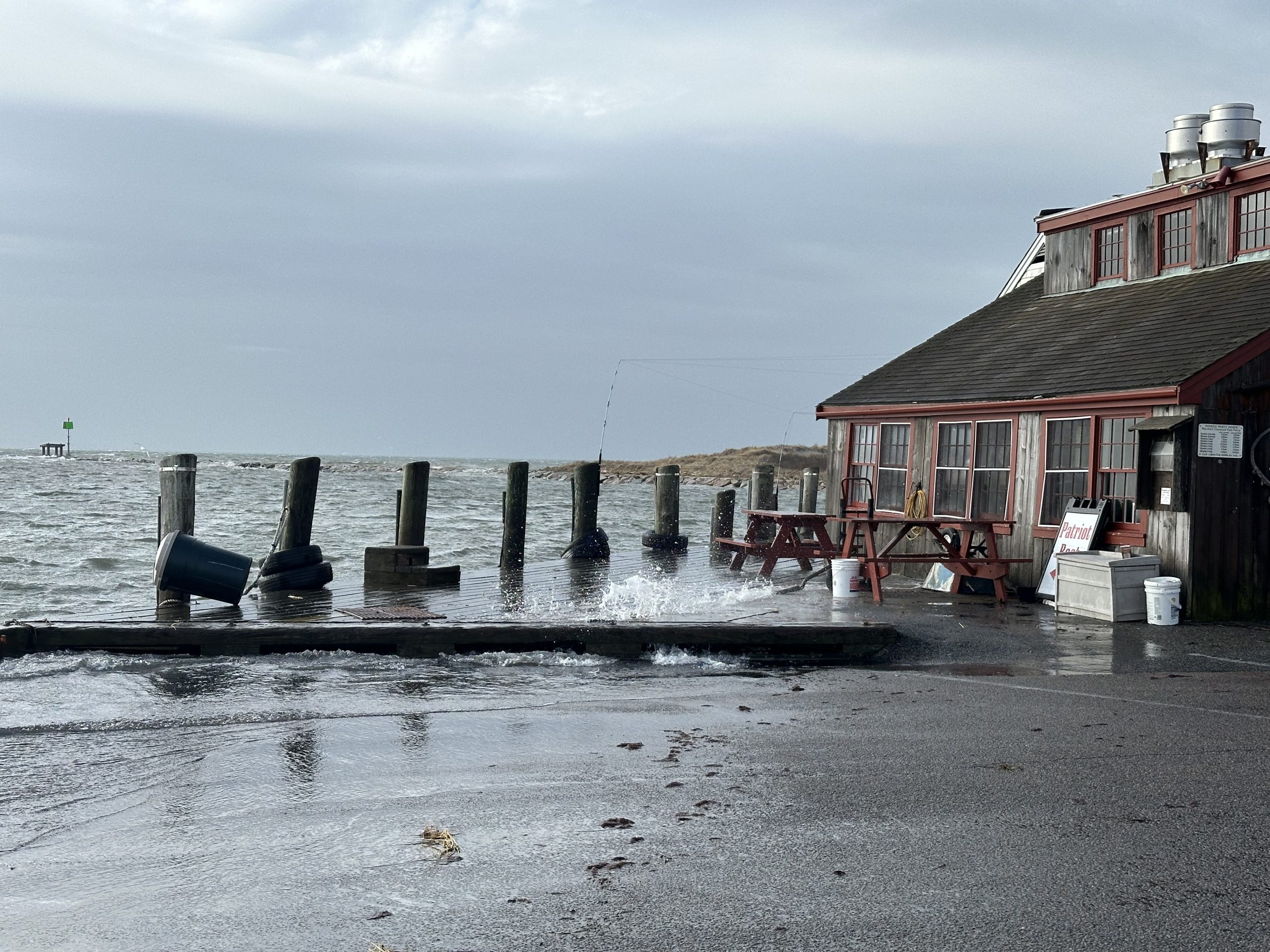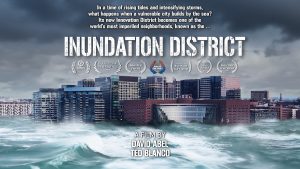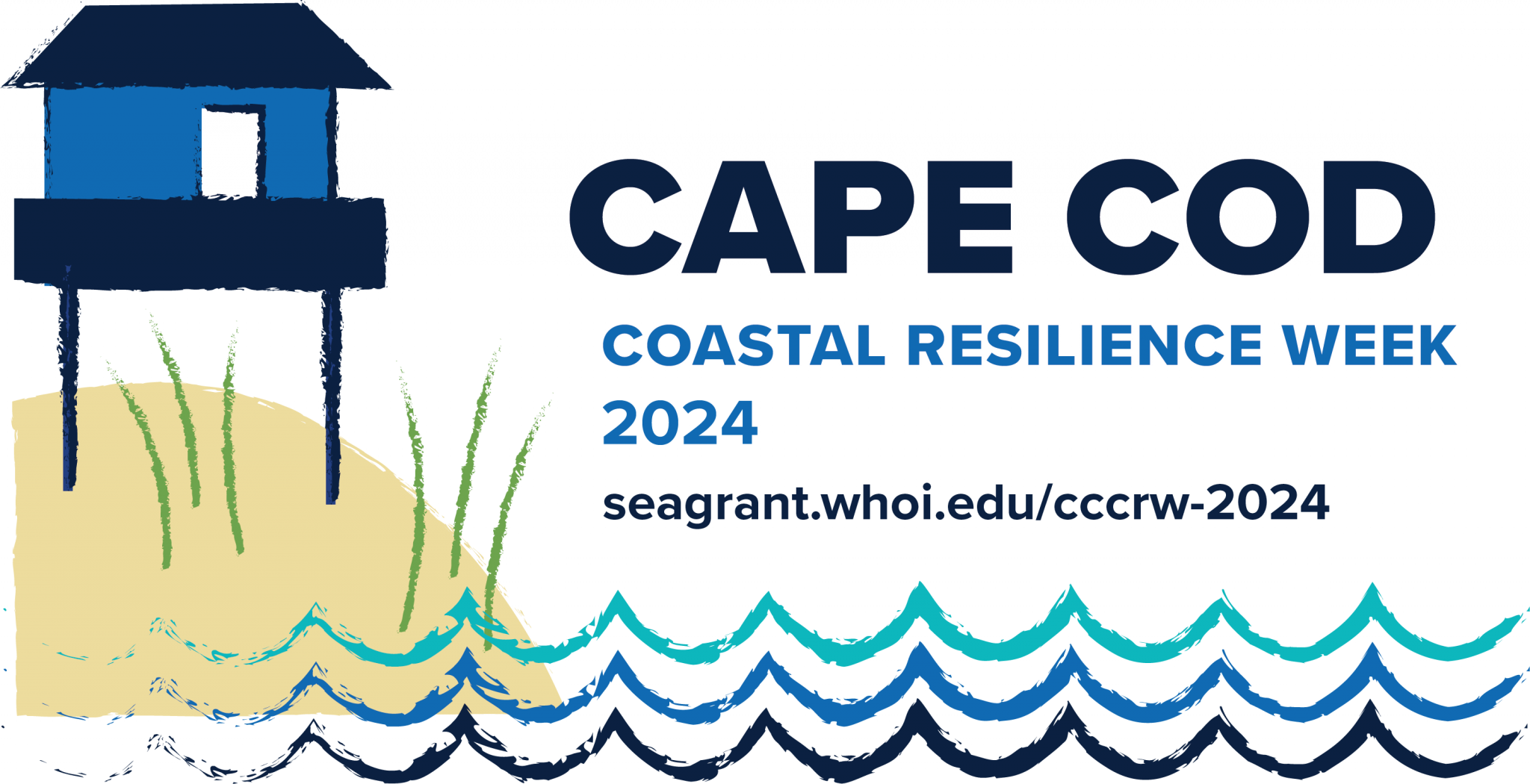
JUNE 8 - JUNE 15, 2024
BE PREPARED. BE FLEXIBLE. BE STRONG.
Communities across Cape Cod are improving their readiness to weather natural disasters and environmental change. Our ability to withstand and "bounce back" after events such as hurricanes, coastal storms, and flooding is called coastal resilience.
CAPE COD COASTAL RESILIENCE WEEK ACTIVITIES
Our events list is growing! Check back for more events!
1 - 4 p.m
Resilience Fair at Naukabout Beer Gardens in Mashpee Commons
4 Jobs Fishing Rd. - Across from the Mashpee Library
Help us kick-off Coastal Resilience Week 2024! Learn about how to make our community more resilient to storms and flooding and have some fun at the same time! Kids activities, crafts, & games, food trucks, a bike maintenance and repair clinic, displays, resilience-themed give-aways, raffles, and more...
Dispelling Common Myths about Coastal Resiliency & Preparedness
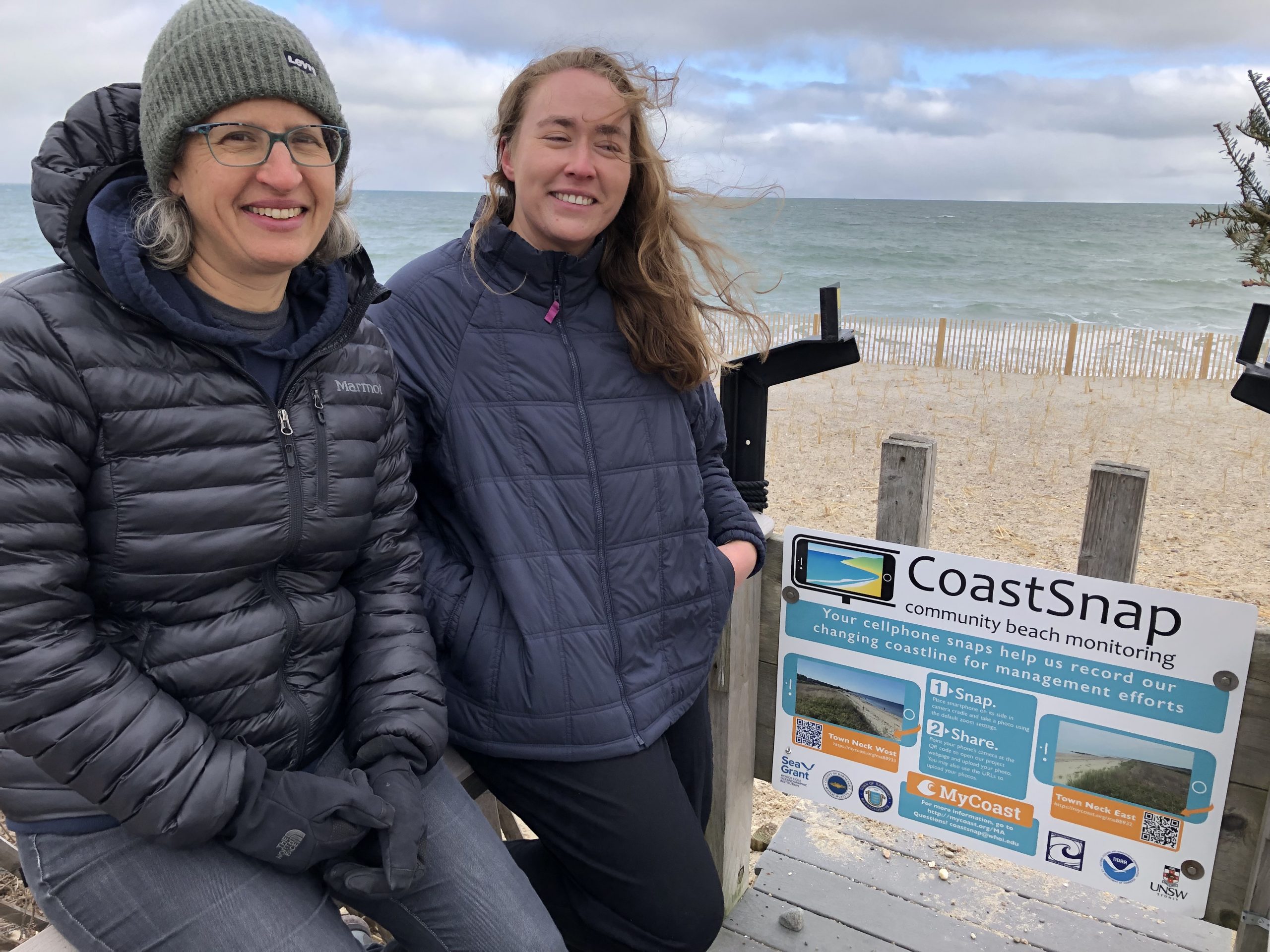
Resilience Is Part of Our Local Identity
New Englanders and especially Cape Codders have a long history with coastal resilience. We know the sands are always shifting and have seen the impacts of Nor’easters, which is why coastal resilience efforts make sense to us. Preserving and protecting the coastal environment also contributes to the cultural heritage of our area.
Success Stories
- Share your success stories of communities that have effectively implemented resilience measures. How has proactive planning reduced your risks and enhanced the overall quality of life for you and others? Email us at seagrant@whoi.edu
Coastal Resilience Week Advisory Board
Sarah Das, Woods Hole Oceanographic Institution
Heather McElroy, Cape Cod Commission
Steve McKenna, MA Office of Coastal Zone Management
Chris Piecuch, Woods Hole Oceanographic Institution
Chip Reilly, Barnstable County
Mindy Todd, WCAI - Cape & Islands Radio
Kristen Weir, Waquoit Bay National Estuarine Research Reserve
Resources for Resilience
Coastal Issues and Flooding
- Floodplain Regulations and Historic Structures in Massachusetts
- Homeowner's Handbook - Third Edition, July 2020
- Dealing with Coastal Erosion – The Spectrum of Erosion Control Methods
- Shoreline Armoring Impacts Video
- Flooding: Protect Our Floodplains
Marine Extension Bulletins
» Beach Nourishment Guide for Homeowners
» To Tree, or Not to Tree? The use of discarded Christmas trees for dune stabilization» What Is That Sticking Out of the Sand?» Hurricane Vs. Nor’easter» Biodegradable Erosion Control» Coastal Dune Protection & Restoration» Effect of Sea Level Rise on Barrier Beaches of Cape Cod, Martha's Vineyard and Nantucket» A Primer on Beach Raking

